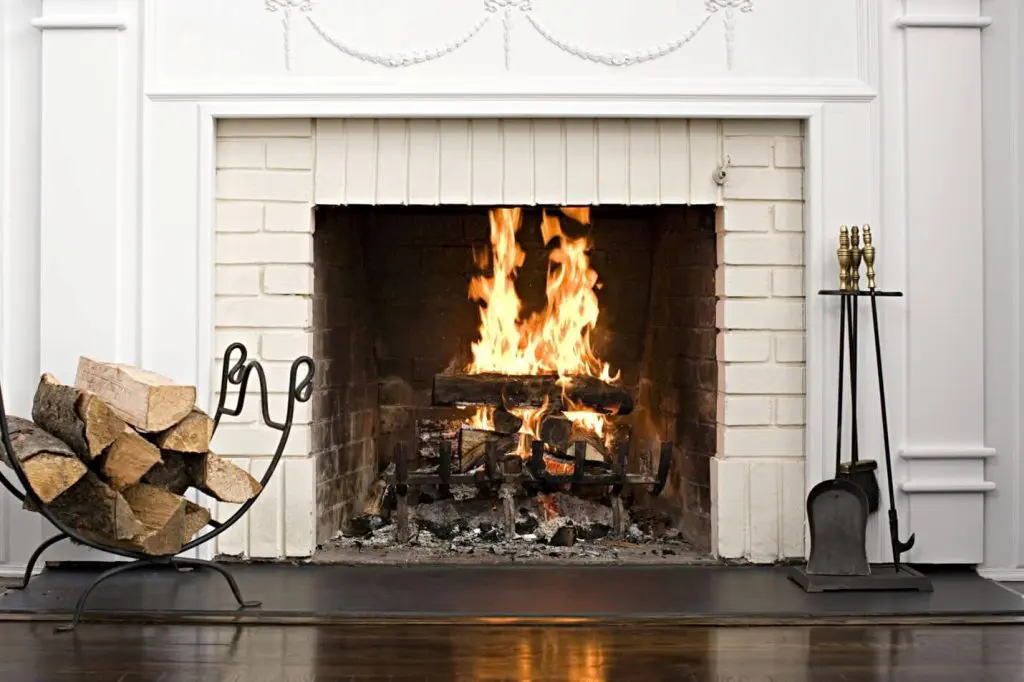
We all love to have a cozy ambiance that comes with a fireplace. A fireplace adds an exceptional ambiance to your house as well as provides efficient heat. Its purpose is to set a mood and create an aesthetically pleasing focal point where one did not previously exist.
But not all homes are equipped with this feature. It is even rare to see them in their modern homes. However, that doesn’t mean you can never have your fireplace. Here, we will discuss how you can add a fireplace to your home.
Is it Possible to Install a Fireplace without in a Home a Chimney?
Yes, it is possible to add a fireplace in an existing home without a chimney, especially with so many options ranging to include wood-burning masonry and wall-mounted ventless units. However, you would need to install a chimney in the process if you want to install a wood-burning fireplace. They require a way to allow smoke and dangerous gases to exit your home.
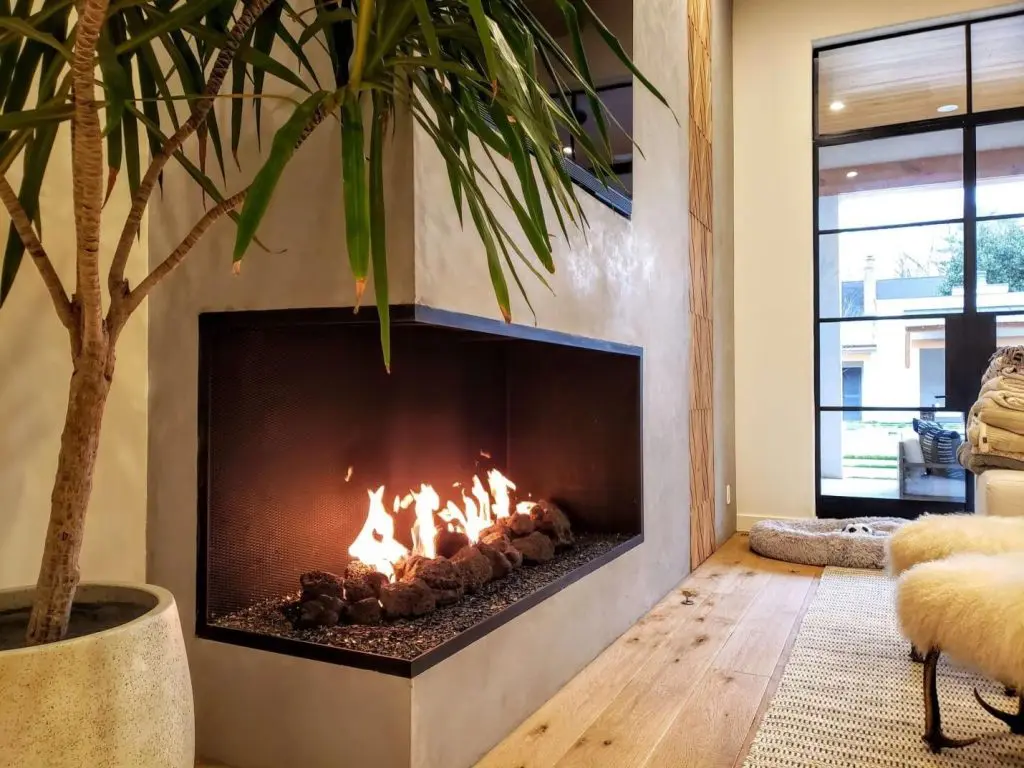
Is it Possible to Add a Chimney to an Existing House?
Installing a chimney in an existing house may be a bit pricey, but it’s not impossible. There are two ways of adding a chimney, you can either use a twin-walled rigid stainless steel factory-made flue system or build a brick-built chimney stack.
The first option is a cost-effective way where a metal tube is insulated with approximately an inch of insulation. While the latter would require foundations to be dug and filled with concrete and then a bricklayer to build a standard internal chimney stack into the outside wall of the property.
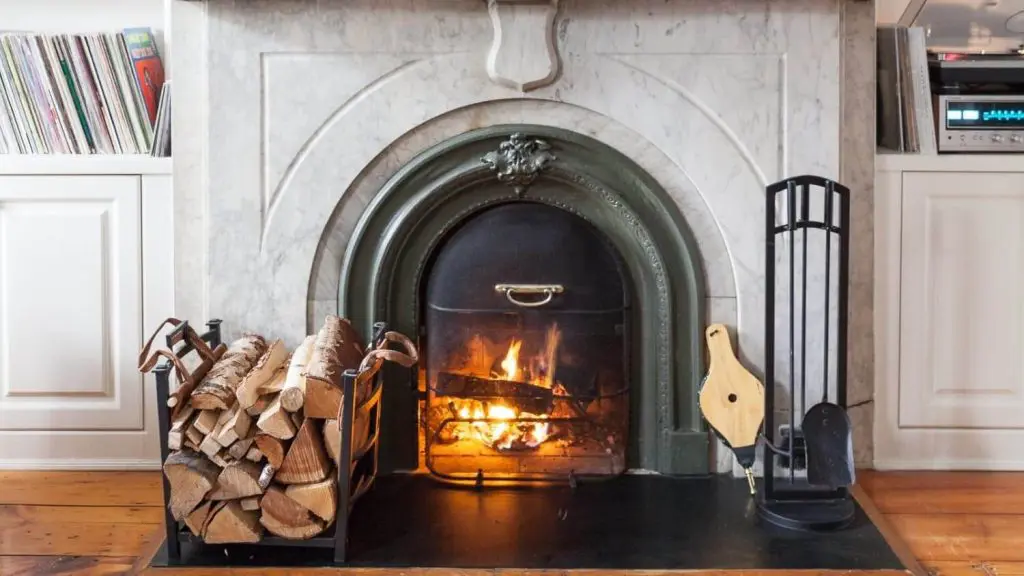
What are the Best Types of Fireplace can you install?
There are several options of fireplace available out there. However, not all are suitable to be installed in an already existing home without a chimney. That doesn’t mean it’s not possible, rather it’s not feasible or requires too much effort.
Here are the four types of fireplaces that are more practical for you to install in your home.
1. Faux Fireplace:
A faux fireplace is perfect for those who are only looking to elevate the aesthetics of their home without caring about its functional properties. It is used only for decorative purposes, so it doesn’t require a chimney. That means you get to have a cozy and decorative fireplace without needing to deal with wood and ashes for the entire winter. A faux fireplace acts as a wonderful centerpiece, especially when you install it in your living room.
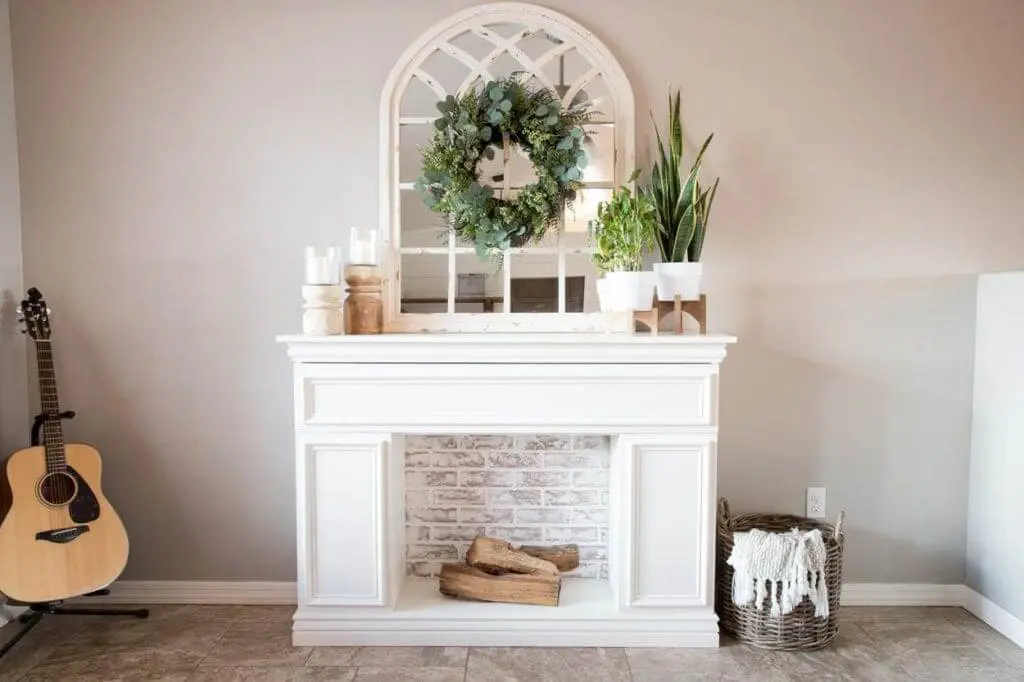
2. Ventless Fireplace:
As the same suggests, a ventless fireplace doesn’t require a vent/chimney. It is fueled by alcohol gel inserts that can produce a real fire. This type of fireplace is becoming more popular for remodeling work and new construction homes since it’s a lot cheaper than a gas fireplace with vents. Since there is no airflow to the outdoors, a ventless fireplace does not create the negative pressure problems that can occur with a vented fireplace.
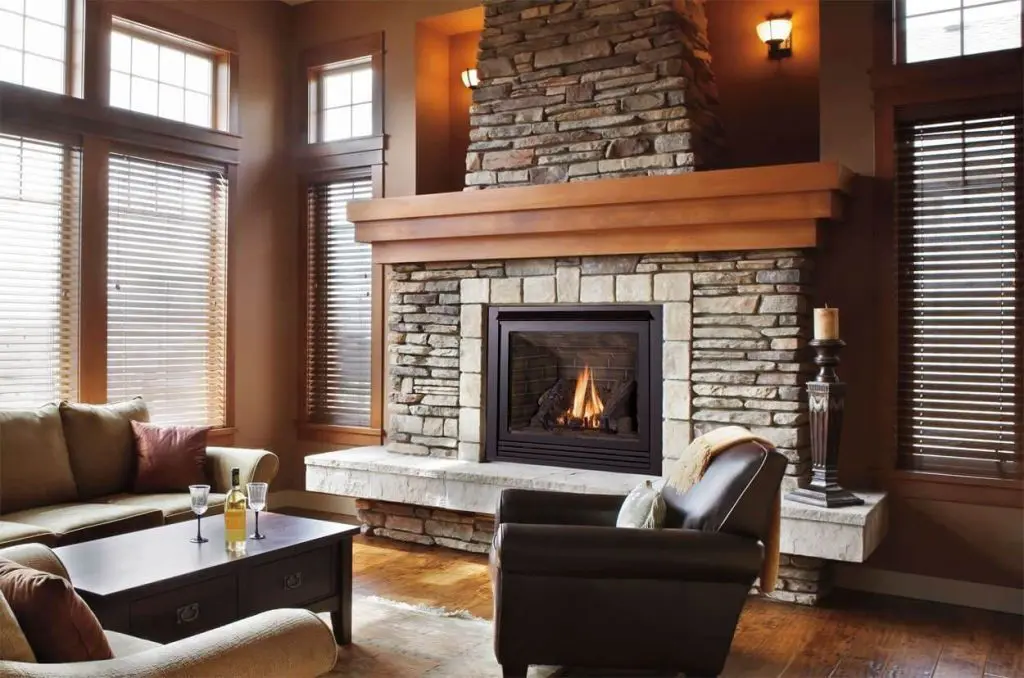
3. Gas Vent:
Gas vent (also known as direct vent) fireplaces may be more complicated and expensive than electric and ventless, but it is the closest to a real fireplace. Despite that, it remains a popular choice because of its efficiency, safety, and flexibility. It uses outside air for combustion, the exact opposite of a ventless fireplace. It requires a dual-chamber flue system that both brings in cold air in one chamber and expels exhaust through the other chamber.

4. Electric Fireplace:
Out of all the above options, electric inserts are the most cost-effective. They provide a good amount of heat as well, but the major downside is that it doesn’t look like a real fire. Rather than setting a mood that other fireplaces can accomplish, an electric insert serves more of an aesthetic purpose. This makes it an unpopular choice among homeowners, though it is fairly common in hotels.
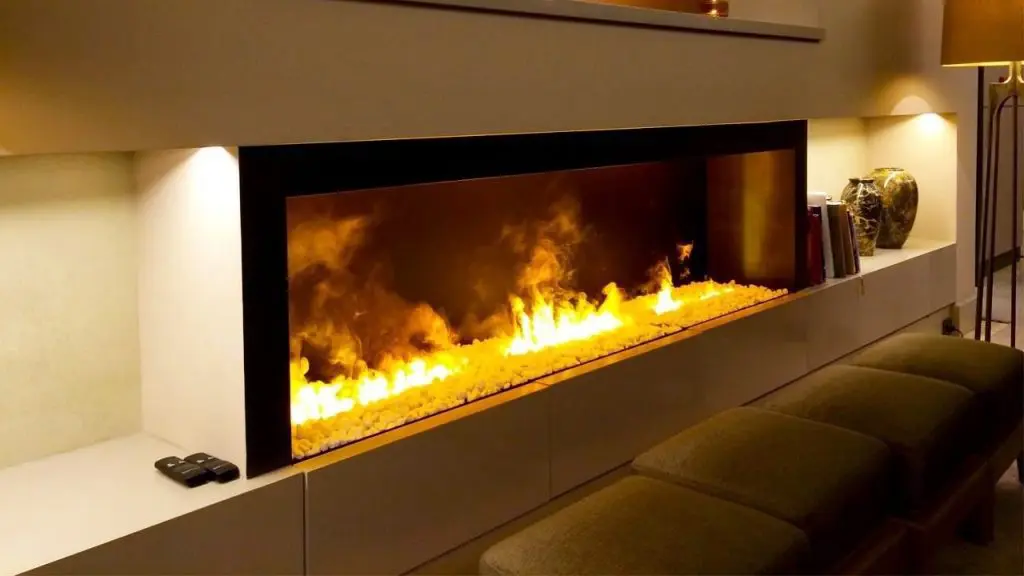
What to Keep in Mind before Installing?
Price Range: Costs vary tremendously according to the type of fireplace you install. If your home is flexible and you choose an inexpensive model, you can easily get a unit for over 20,000 rupees. However, if your installation requires a chimney, then it can cost over one lakh rupees.
No added Resale Value: Although fireplaces are extremely costly, you need to know that they won’t be adding to the resale value of your house. However, even if they don’t add value to your house, they still are an added element that attracts property dealers and buyers.
Not Energy Efficient: If you like sustainable approaches in a building, then fireplaces may not be the best option for you. Although they provide lots of ambiances and radiant warmth, they consume a lot of energy.
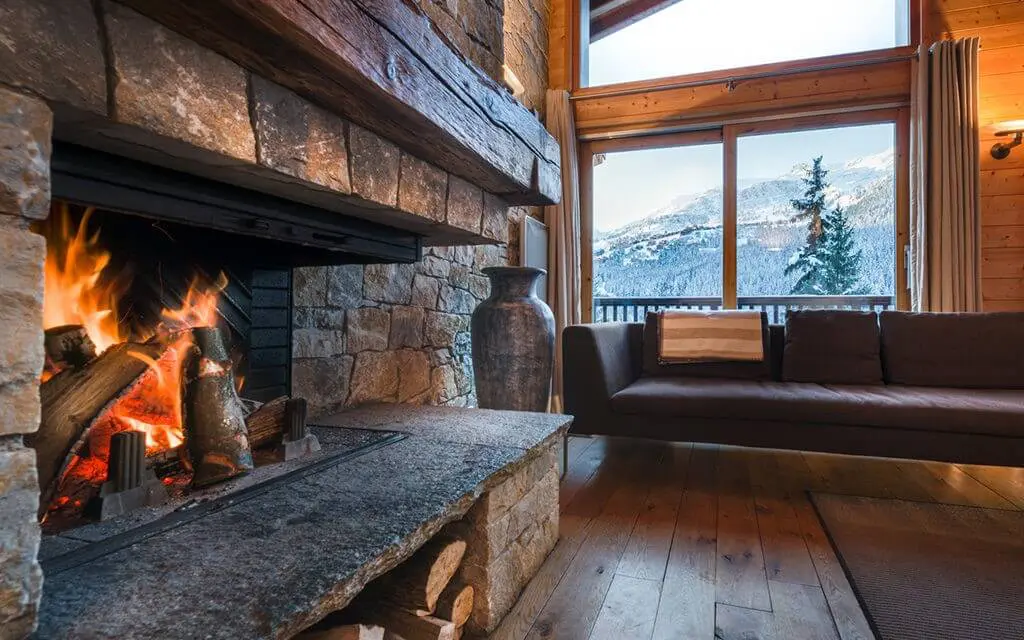
Require Professional Help: Fireplaces pose at least one safety hazard. So, it is advisable to take professional assistance when installing a fireplace.
Placement: The location of your fireplace is extremely important. You need to install it in a place that compliments your interior space the most. Most people prefer to install it in a living room, but you can also have one in your bedroom if want a cozy and warm personal space.
Installing a fireplace is a huge commitment and you should always analyze every minute detail before you go ahead with it. It’s always best to take professional advice so you have minimal chances of making the wrong decisions.





